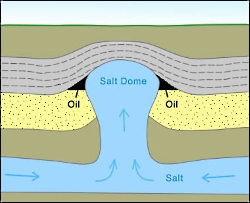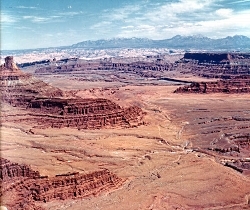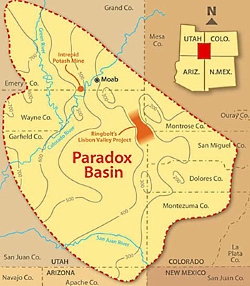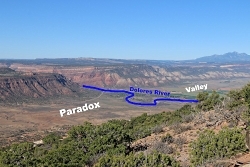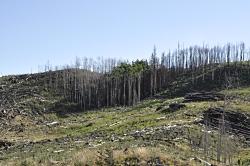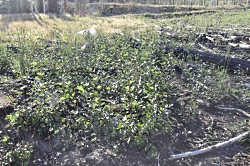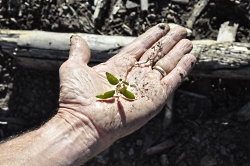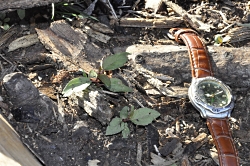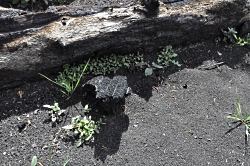Bear jams, bear stories, bear encounters, bear dreams – I’ve experienced all. Such was the case on our annual Teton trip where I was joined by over 25 USU students and others. Bison, birds, bugling elk, sparring moose, and always the highlight- bears.
Nothing quite compares with the mighty bruins to captures one’s imagination- a combination of fear and reverence. They have been with us for many millennia, our companions of the wild. Perhaps it’s their almost human traits and mystery, their intelligence and unpredictability.
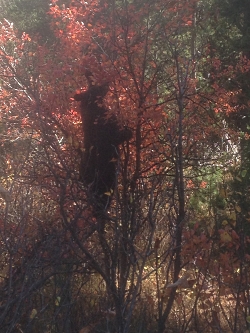
Courtesy and Copyright Jack Greene, Photographer

Courtesy and Copyright Jack Greene, Photographer
Sixty-two people nationwide have been killed by black bears over a 109 period, only one of those in Utah. Avalanches, bee stings, and lightning kill far more people. But many Utah bears have been killed by hunters averaging around 130 per year. A few of these are killed by those who feel threatened. In rare instances, black bear will bluff charge, or clack their jaws, which is actually expressing fear of humans. Running away is their normal behavior.
Although a precise count isn’t available, Utah’s black bear population is somewhere between 3,000 and 3,500 animals. In 2008, 314 bear hunting permits were issued and 134 animals taken. Although a hunter, I have no desire to kill a bear. I consider them my spirit animal, having been near them most of my days- from early years in N. Wisconsin, working in Denali and Yellowstone N.P.’s, and spending many years in bear infested wild country otherwise. Forested areas of Central and S. Utah have much higher bear populations than does the north end. I’ve seen only bear sign in our mountains, still hoping to get a glimpse one day.
“Observing a bear dancing in the golden rays of the sun, a Shoshone sage understood it to be a dance of gratitude as well as a prayer for the healing and protection of their young. From that point further the Shoshone have instigated their own Sun Dance where the bear is a central figure of the ritual, symbolizing protection, strength and continuation of life.” Jack G.
This is Jack Greene- and I continue to be Wild About Utah!
Credits:
Images: Courtesy Jack Greene
Audio: Courtesy Western Soundscape Archive, University of Utah, licensed under CCA-ND
Courtesy National Park Service
Text: Jack Greene
Sources & Additional Reading:
Venefica, Avia Native American Bear Meaning, Whats Your Sign, https://www.whats-your-sign.com/native-american-bear-meaning.html
Welker, Glenn, Native American Bear Stories, Indigenous People, last updated 06/11/2016, https://www.indigenouspeople.net/bear.htm
Gates, Chuck, The bear truth: Utah’s black bears pose little danger to humans, Deseret News, Oct 15, 2009, https://www.deseretnews.com/article/705336743/The-bear-truth-Utahs-black-bears-pose-little-danger-to-humans.html


